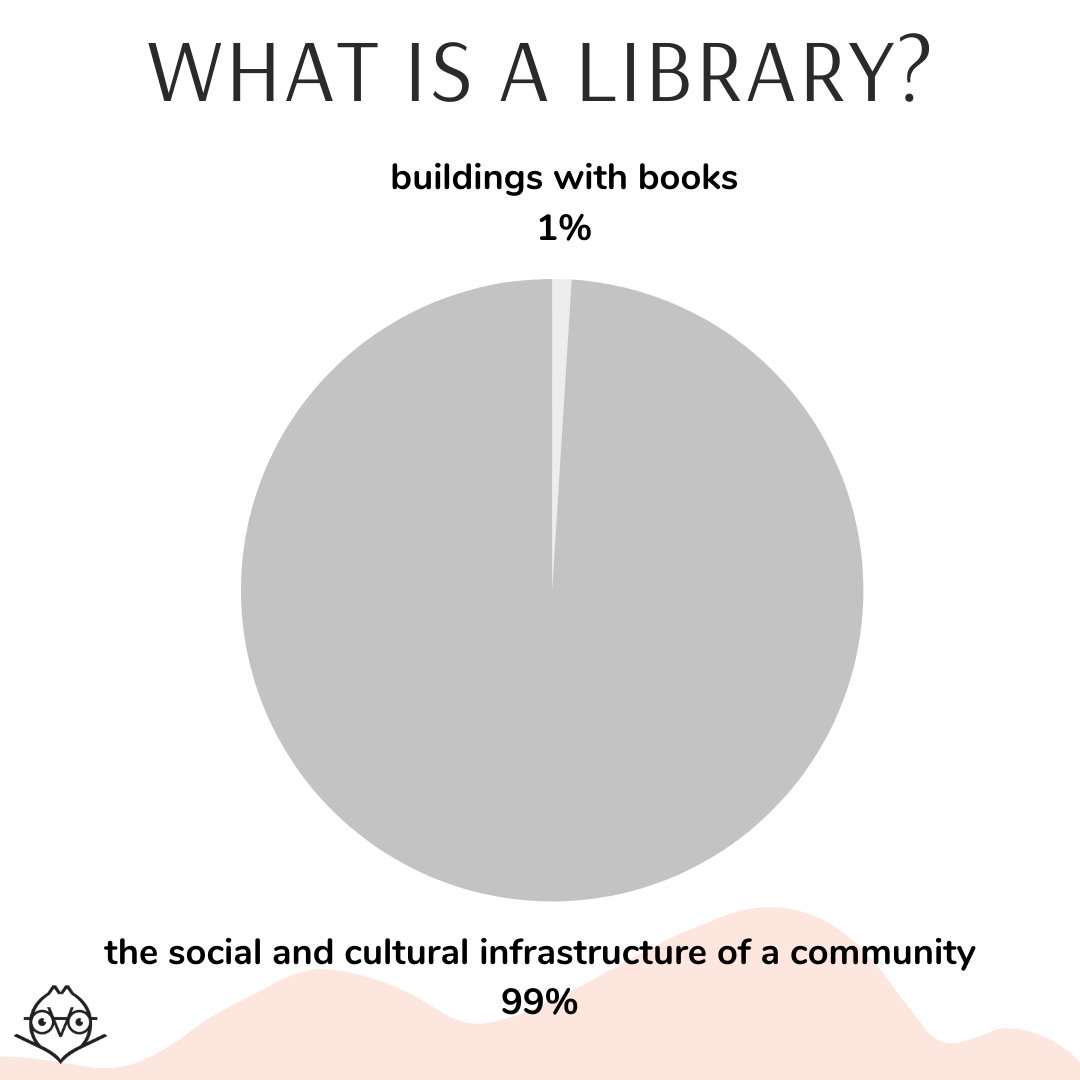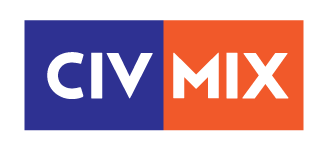
The Graphic in Question.
So my first CivMix original post was about the great work libraries across the county, and the state, have accomplished during the pandemic, and I will certainly get back to that subject. However, I need to address a bit of a kerfuffle that happened over the weekend on our social media.
I don’t run the library’s social media; many talented people have overseen it over the years. That position does not report directly to me, and it is infrequent for me to ask them to post anything. Once in a blue moon, they run something past me. However, I trust everyone involved to do what they do.
Our social media follows best practices, and this includes occasionally posting something thought-provoking. Recently someone replied to one of our posts with “this library is based.” This made me extremely happy, and I jokingly thought about changing my LinkedIn headline to “based library director.” I love that we have been using our platform to do more than promote what we do but to also bring out some serious, and sometimes not-so-serious, conversations in the community. However, not everyone is happy with what we post.
For the record, Bleecker does not run our social media. I get along with the owl reasonably well. While I do love platypuses, I have never (seriously) proposed replacing our owl, even for a much more interesting animal. We are also not putting Nipper on top of our Washington Ave. building. However, that would make my sons incredibly happy.
So over the weekend, we posted a graphic that depicted books as only 1 percent of what we do. While I disagree with that number, I like the provocative way we were trying to make a point. This is where I probably had a bit of influence. Lately, I have been talking about how public libraries need to be viewed as an organization. Even in the modern American zeitgeist, libraries are too often recognized as a building with many books. Libraries are not buildings. They are people.
I came to this epiphany two years ago, when I was asked to teach 601 at my side job (teaching at the University at Albany). This course was an introduction to information science. I think I may have eecked out a B in this class when I was a grad student, so I was more than hesitant to teach the class. I dove into it because, well, if I am going to teach something, I become obsessed with it. It was a significant turning point for me professionally, reigniting a bit of passion and answering some existential crisis-like questions about what I have been doing for the last 20 years.
While you do not need a master’s degree to work in a library, you need a master’s in information science to be a librarian. This means, well, you are a master of information. An information scientist! This was huge for me. I’ve always struggled with the idea of librarians and how they fit into a modern public library. I thought we were unnecessary book jockeys for a long time, but I was thinking about entirely the wrong way. What libraries do is a specific part of information science. It is called knowledge management.
So what does knowledge management mean? Knowledge management has three key components: accumulate, store, and share knowledge. It sounds like librarianship, doesn’t it?. We certainly accumulate and store knowledge. We collect and manage information in different formats. Think books, DVDs, fishing poles, and digital petting zoos. We also share information through programming and displays. Don’t forget reference work, literally finding information that is requested by the community.
The goal of knowledge management is to enable community learning and create a learning culture. The sharing of knowledge is encouraged, and those who seek to better themselves find it easy to do so. We use the information we store and cultivate to entertain, educate, and empower.
So, where do books come into this? That is simple. Information comes and is stored in different ways. It is put in a format, think CD, DVD, internet connection, or a book. Often our job is to figure out the best format for someone to access that information. Books tend to be our favored format, partially out of convenience and somewhat out of tradition.
We also have the vital role of helping people access information through improving their literacy. Literacy, by its original definition of written words, but also digital, or information, literacy. They are interconnected.
The idea that libraries should just be about books is not only an antiquated one, it is factually untrue. Librarianship is not just about books, nor should it ever be. Reading and collecting books is often viewed as of higher value socially than other formats and ways in which information is stored. This is fine, but the public library’s role is to provide information to everyone. We have been the great democratizer of information for a century; that should never change. Books were and still are the primary format we use to do this.
That said, the books aren’t going anywhere. I am writing this in my home office, surrounded by books. I am without a doubt a member of the cult of books and can’t imagine libraries without them. The fact that through the entire pandemic, thousands of books have been circulated through curbside or digitally shows how important it is for us to continue to distribute information through that format. I would argue that books are more than 1% of what we do. However, they are not even close to everything that we do. Thinking any differently would go against our organizational mission and the fundamental concepts of our field.
That social media graphic did precisely what it needed to do—create a conversation. It got people talking about what libraries were and gave us the ability to remind people of our real purpose. Bibliophiles, please return your pitchforks to behind the bookshelf, and sleep easy knowing we will never have empty shelves.


Recent Comments